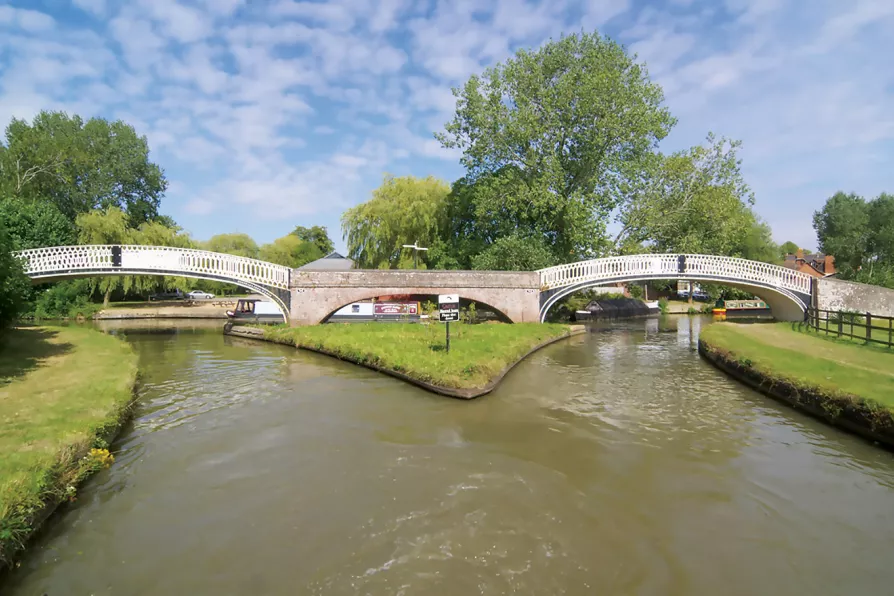From London’s holly-sellers to Engels’s flaming Christmas centrepiece, the plum pudding was more than festive fare in Victorian Britain, says KEITH FLETT
100 years ago – when the Braunston canal families went on strike
NICK MATTHEWS looks back to the historic 14-week dispute which was to form a significant early test for the then-recently formed Transport and General Workers Union

 At Braunston the Grand Union Canal and the Oxford Canal meet, making this a very important location for the canal network, turn left for the Oxford Canal towards Coventry or right for the Grand Union to London
[Stephen McKay/Creative Commons]
At Braunston the Grand Union Canal and the Oxford Canal meet, making this a very important location for the canal network, turn left for the Oxford Canal towards Coventry or right for the Grand Union to London
[Stephen McKay/Creative Commons]
THE canal at Braunston, where the Grand Union Canal and the Oxford Canal meet, is the busiest place anywhere on the British canal network.
It is a splendid rural setting, with the boats of Braunston marina and in the pretty village of Braunston up on the hill where All Saints Church, otherwise known as the “Cathedral of the Canals,” has overlooked the village and the villagers for over 10 centuries and the canals and the boat people for over 300 years.
The Canals and River Trust is based in the old “Stop House” — the old building that was used to collect tolls from passing freight boats.
Similar stories

In the third extract from her new memoir, former NUM headquarters staffer HILARY CAVE recounts how women throughout the striking coalfields showed their mettle when the going got tough

In the second extract from her new memoir, former NUM headquarters staffer HILARY CAVE recounts the bitter struggle to provide sustenance for strikers’ families, and the invidious role of David Willetts – now in the House of Lords

Man-made canals like Panama and Suez face unprecedented challenges from extreme weather patterns and geopolitical tensions that reveal the fragility of our global trade networks, write ROX MIDDLETON, LIAM SHAW and MIRIAM GAUNTLETT

Trump’s threats to ‘take back’ the canal amid false claims of Chinese influence have sparked nationwide protests and evoked painful memories of 1964, when US troops killed 21 Panamanian student protesters, reports TAN WAH PIOW










